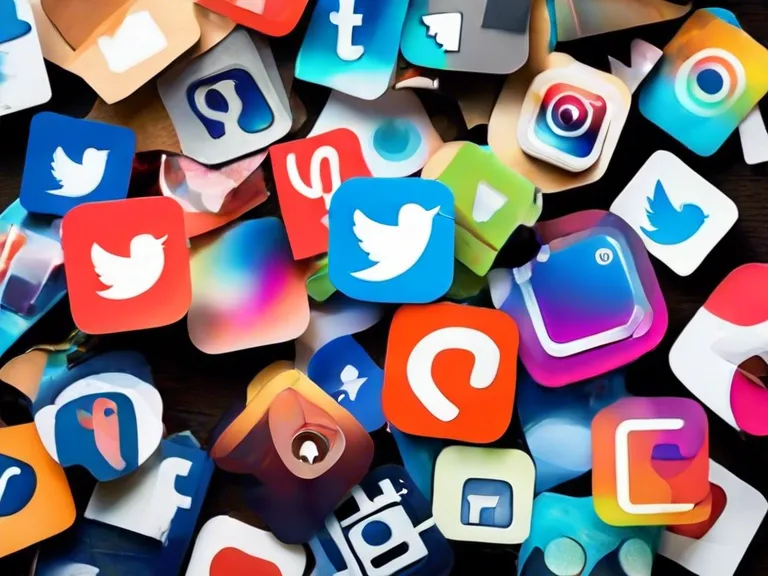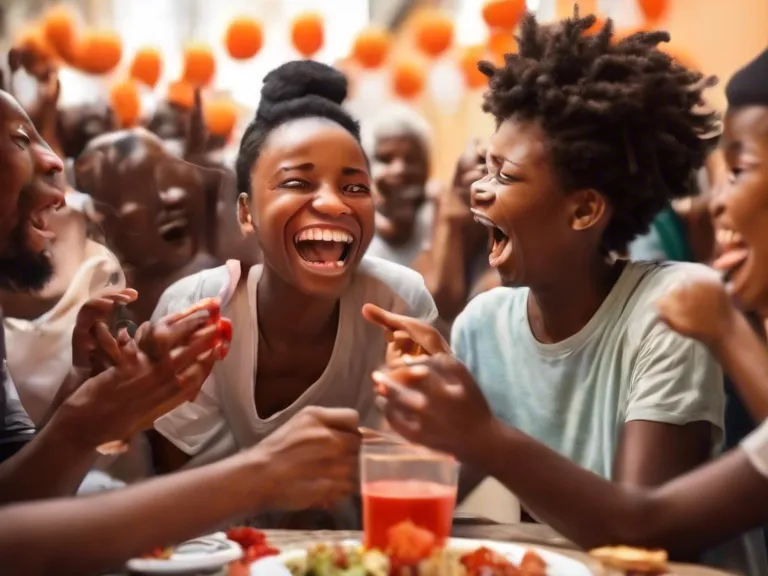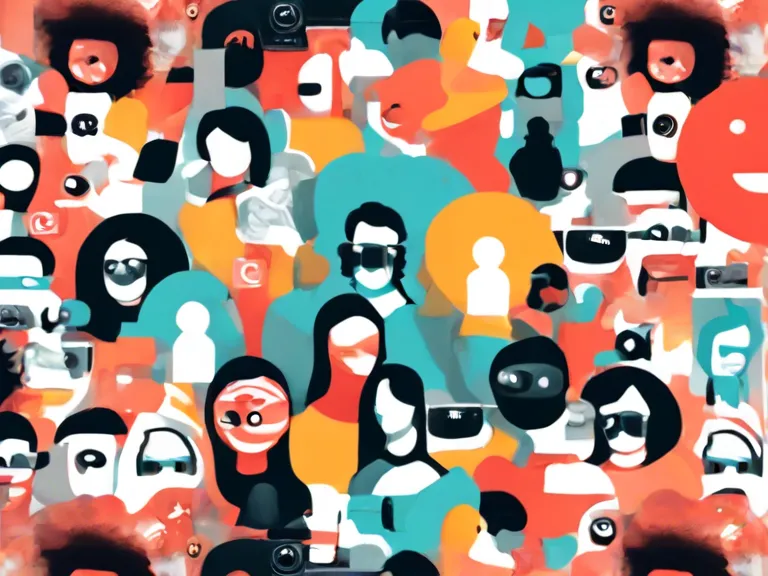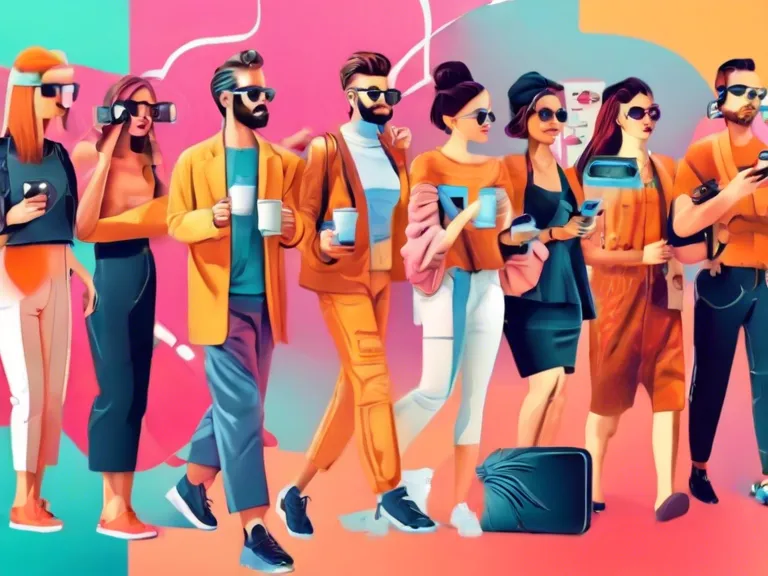
In today's digital age, social media has become a powerful platform for sharing content, connecting with others, and shaping cultural trends. One of the most intriguing aspects of social media is the phenomenon of virality, where certain posts, videos, or images spread rapidly and widely across the internet. But what exactly makes something go viral? And why are certain pieces of content more appealing than others?
To understand the aesthetics of virality, we must first consider the psychology behind what captivates and engages users on social media. Visual appeal plays a significant role in attracting attention, as striking images or videos are more likely to stand out in a crowded newsfeed. Eye-catching colors, intriguing patterns, and visually appealing layouts can all increase the likelihood of a post being shared and liked.
In addition to visuals, emotional resonance is another key factor in the appeal of viral content. Posts that evoke strong emotions, whether it be joy, sadness, or awe, are more likely to be shared because they trigger a personal response in viewers. Memes and videos that elicit laughter or tug at the heartstrings often have a higher chance of going viral due to their ability to connect with people on a deeper level.
Furthermore, timeliness and relevance also play a crucial role in the virality of social media content. Posts that are topical or tied to current events are more likely to gain traction as they capitalize on ongoing conversations and trends. Tapping into popular culture or leveraging trending hashtags can help content creators align their posts with what people are already talking about online.
Ultimately, the aesthetics of virality are a complex interplay of visual appeal, emotional resonance, and timeliness. Understanding these factors can help content creators and marketers craft compelling and share-worthy content that resonates with audiences and drives engagement in the fast-paced world of social media.


